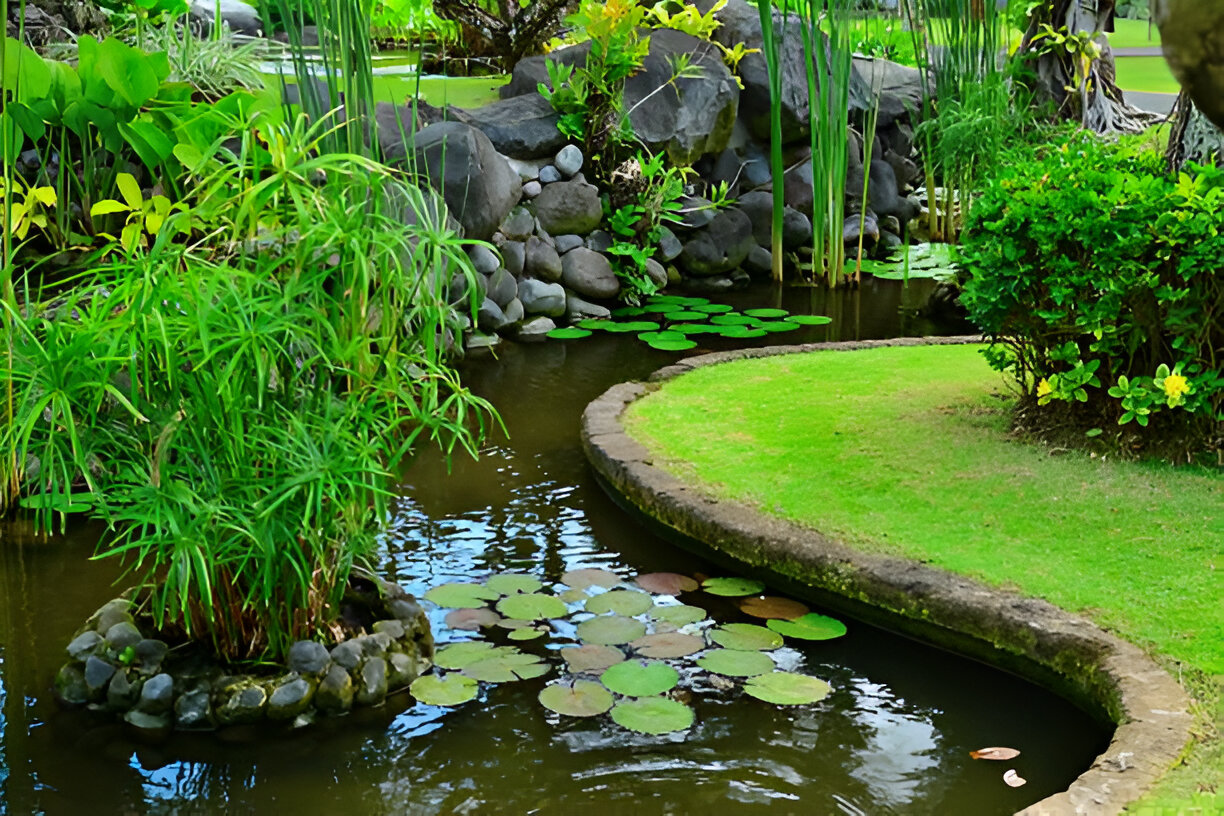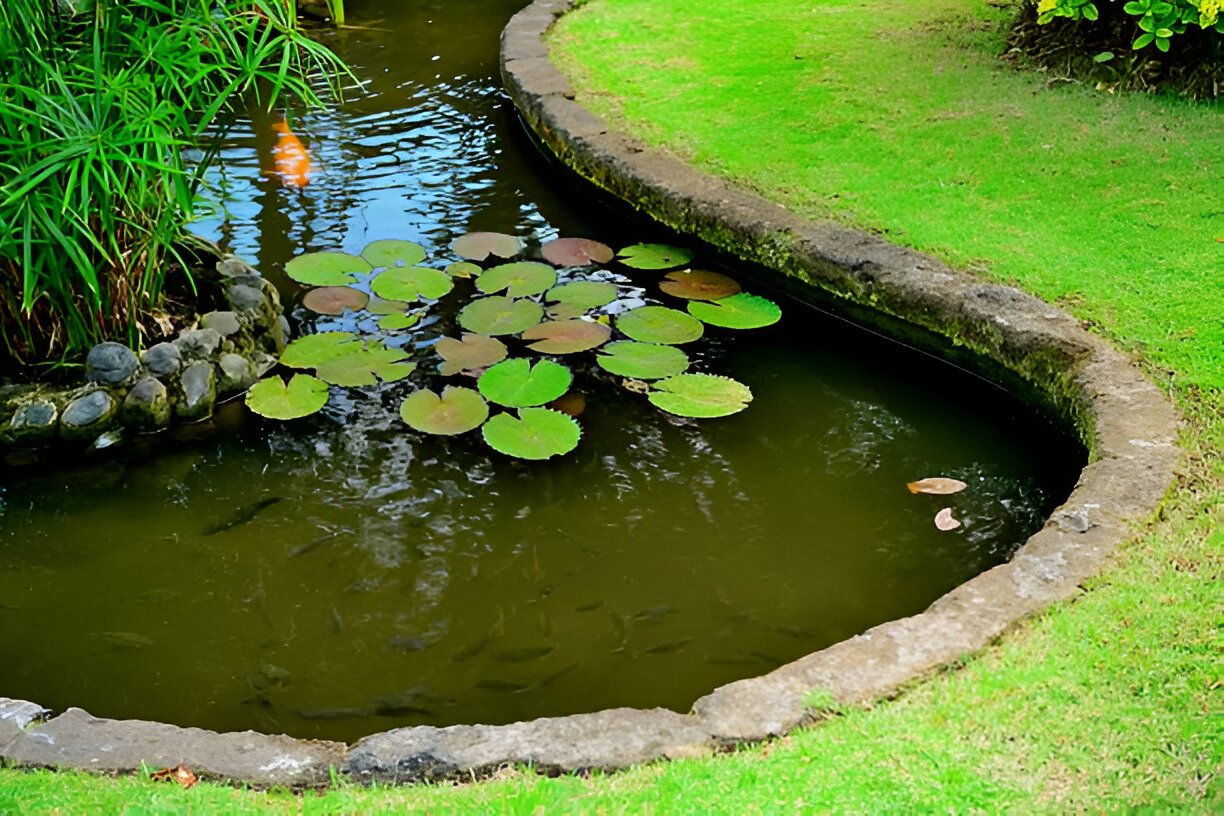Ponds seem calm, but they contain busy ecosystems. Plants, fish, frogs, bugs, and tiny life forms work together there. They connect with water, light, air, and soil. These connections keep the pond ecosystem healthy and working well.
Getting familiar with the functioning of pond ecosystems enables both pond enthusiasts and nature lovers to understand their essential contributions to water health and biodiversity. The maintenance of home and property ponds requires proper tools for ecological success, so consider investing in a reliable pond pump, which you can find at That Pond Guy Kent. A dependable pump protects water from blockage and distributes water properly, leading to clean water and sustained oxygen levels.
The Core Components of a Pond Ecosystem
The pond ecosystem consists of two main parts: non-living abiotic features such as sunlight temperature, pH, and nutrients, and biotic elements, which refer to all living creatures, from algae to insects to turtles and birds. All the elements function together as an interconnected energy and nutrient distribution sequence. Sunlight enables plants to produce oxygen during photosynthesis because animals eat plants and smaller creatures, and decomposers process organic matter to recycle nutrients.
A pond food chain begins with algae and aquatic plants that serve as producers for snails and tadpole herbivores. Various carnivore species, including fish, frogs, and birds, are the consumers in this dietary chain after the attendance of these organisms. Any deceased organism creates a mess, and decomposers break down it to restore system nutrients. Nature performs the most outstanding recycling process available.
Why Are Pond Ecosystems Important?
Pond ecosystems play multiple crucial environmental functions. They support a variety of living organisms. Even a backyard pond, even as tiny as possible, still supports more than 30 different species. The diversity maintains beneficial control of insect communities while improving pollination and protecting creatures seeking food and hiding spaces.
Second, ponds help filter water. Water filtration occurs within ponds when sediments drop to the bottom while plants take in excessive nutrients and pollutants. Through natural water cleansing processes, ponds reduce runoff pollutants, which create better water quality across the surroundings.
Ponds serve as climatic regulators in addition to their water filtration capabilities. The water body functions as a heat reservoir that maintains a consistent climate environment around nearby plants and animals. The water stored by ponds enables groundwater recharge and aids flood control operations by managing storm water accumulation.
Proper Pond Ecosystem Maintenance
Sometimes, the pond is a lot more of a natural than artificial environment, but you could end up seeing some of the things you can do to promote a balanced ecosystem:
- Install available pond filtering system for circulating water to eliminate stagnation.
- Add a variety of native aquatic plant species, such as lilies and cattails, which will benefit your system through increased oxygen production and nutrient absorption.
- Bring in a mix of organisms – such as snails, small fish, and frogs; this would assimilate a balanced food web.
- Avoid harsh chemicals for zapping algae because they also kill beneficial agents.
- Keep a tidy pond, but do not overdo it because muck and decaying matter are part of nature’s cycle.
Final Thoughts
A pond could be a miniature world full of life, relationships, and equilibrium. A pond is a mini-world, reserving water and fish and countless organisms, relationship dynamics, and balance. Such ponds can exist anywhere, in a wild setting or in the backyard. So the next time you walk by a pond, peer a little closer- you will visualize a whole world working quietly together.



